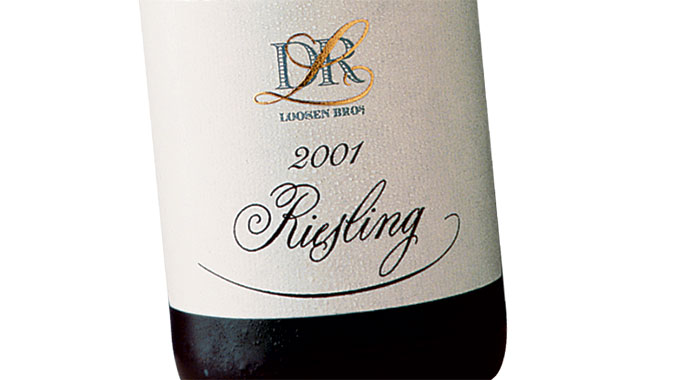
Pronounce it: ree-zling
Wine writers’ favourite
Ask wine writers for their favourite variety and the one many will name is Riesling. The reason is its capacity to produce great wines across the world, all of them distinctively identifiable as Riesling.
In Germany, forget any memories of warm Liebfraumilch. The delicate, low alcohol wines of the Mosel have a unique apple freshness. In the Rheingau, the top wines have a piercing steeliness. Above all Germany produces outstanding sweet wines: Trockenbeerenauslese Rieslings from grapes that have been affect by botrytis (‘noble rot’), and Eiswein (‘icewine’) from grapes that are picked and pressed while frozen. Ontario, Canada and South Africa also produce small quantities of luscious sweet rieslings.
In Europe Alsace and Austria also produce excellent dry Rieslings, wines that are full-bodied with a good undertow of alcohol.
In the New World, the cool-climate regions of Australia, especially the Clare and Eden Valleys, have led the way. Their pure, lime-zesty bone dry styles have converted a new generation of wine drinkers to the grape.
Main characteristics
Colour: white; varying from pale with green highlights to the deepest gold
Body: light to full bodied
Tastes: from zesty green apples to a very intense luscious sweetness
AKA: White Riesling, Rhine Riesling
Spotter’s guide: Germany; Austria; France: Alsace; Eastern Europe; Australia; New Zealand; USA: Chile, Washington; Canada
Often blended with: rarely blended
Keep or drink? Drink Riesling very young for entrancing pure fruit and zestiness; keep the best, especially the sweet wines and allow them to blossom. As it ages Riesling develops a characteristic hint of lime, or kerosene (sounds odd, but it IS delicious)
Be the first to comment on "Riesling"